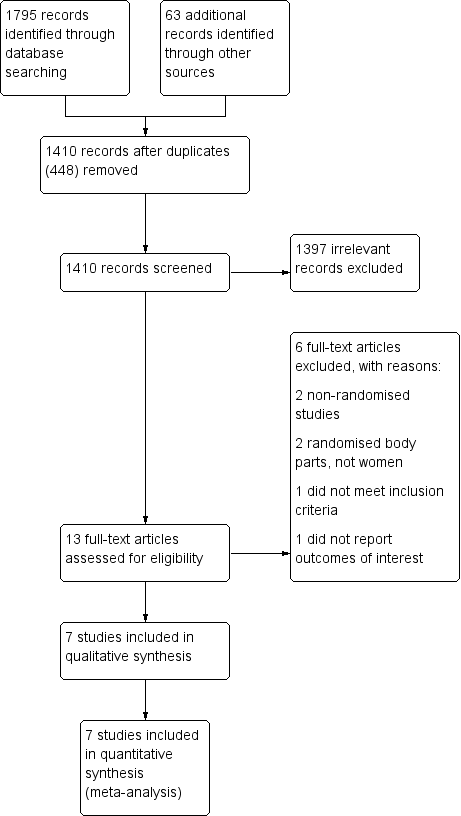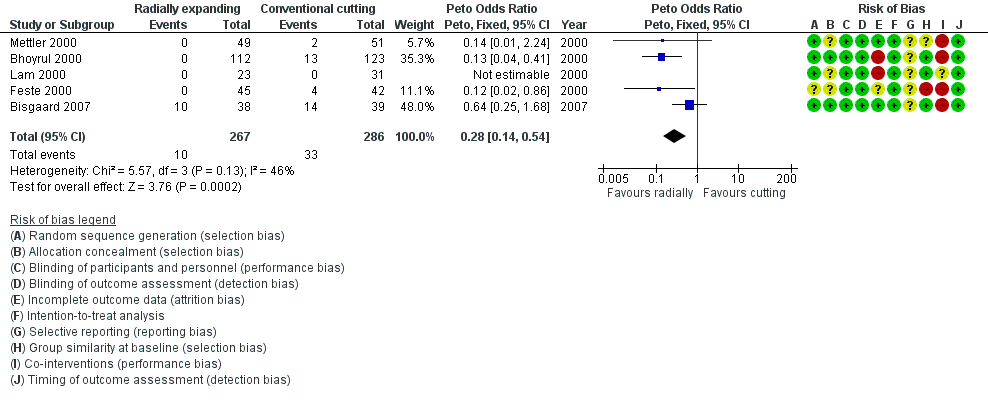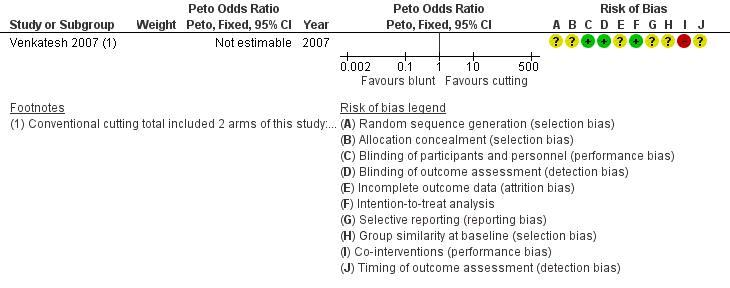Contenido relacionado
Revisiones y protocolos relacionados
Gaity Ahmad, Jade Bakera, John Finnertya, Kevin Phillips, Andrew Watson | 18 enero 2019
Kittipat Charoenkwan, Elizabeth Matovinovic | 12 diciembre 2014
Fulvio Zullo, Roberta Venturella, Antonio Raffone, Gabriele Saccone | 6 mayo 2020
Philip Kaloo, Sarah Armstrong, Claire Kaloo, Vanessa Jordan | 30 enero 2019
Hernando G Gaitán, Ludovic Reveiz, Cindy Farquhar, Vanessa M Elias | 22 mayo 2014
Priya Bhave Chittawar, Sebastian Franik, Annefloor W Pouwer, Cindy Farquhar | 21 octubre 2014
Akshay Hindocha, Lawrence Beere, Sofia Dias, Andrew Watson, Gaity Ahmad | 6 enero 2015
Gaity Ahmad, Kyungmin Kim, Matthew Thompson, Priya Agarwal, Helena O'Flynn, Akshay Hindocha, Andrew Watson | 22 marzo 2020
Sam Lepine, Junyoung Jo, Mostafa Metwally, Ying C Cheong | 10 noviembre 2017
Reuben Olugbenga Ayeleke, Selma M. Mourad, Jane Marjoribanks, Karim A Calis, Vanessa Jordan | 18 junio 2017



























